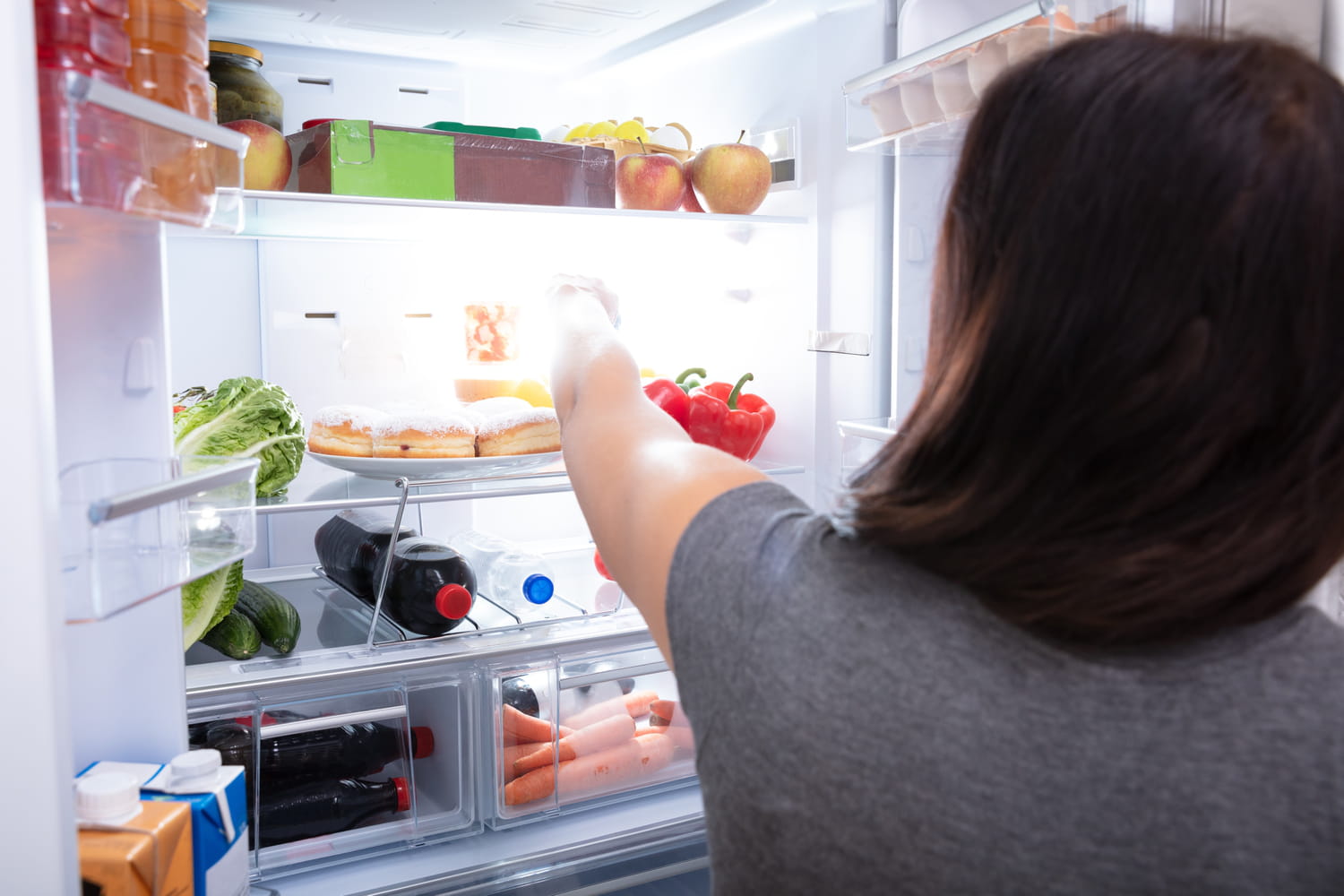A small, often overlooked detail can cause your electricity bill to spike in the fall by forcing your appliance to work harder.
Every fall, the electricity bill climbs a little, even if without changing habits. At times like these, it’s worth taking a close look at the consumption of your appliances because heating isn’t always the culprit. The refrigerator, for example, runs day and night and can add more to the bill than you think, especially if it is not properly adjusted or is getting old.
Energy bills represent a significant expense for households, so if your meter goes crazy and your electricity bill soars, it is important to act quickly to save your budget! The fact that your fridge suddenly starts consuming more energy is not due to a technical problem or a fault in the device, but rather to an oversight on your part.
By maintaining a summer mode setting while the days get shorter and colder, you force your fridge to overconsume, which directly impacts your energy bills. Although the temperature of a refrigerator is sometimes taken for granted, it is important to know how to adjust it to not only preserve the freshness of food but also to limit energy consumption. And you should know that the ideal temperature of a fridge depends above all on the season, because the device takes into account the outside ambient temperature to adapt its own. An adjustment in autumn is therefore necessary to avoid overconsumption.
When the mercury rises in summer, it is essential to keep food cool, which is why it is preferable to lower the temperature of the fridge by one or two degrees to bring it down to 2°C. Whereas in the fall, the optimal temperature of a refrigerator is more around 4 or 5°C.
A simple change of thermostat is therefore necessary at the end of the sunny days in order to avoid peaks in overconsumption of your device. So don’t hesitate to check and adapt the temperature of your fridge now so that this little oversight doesn’t take over your budget.


